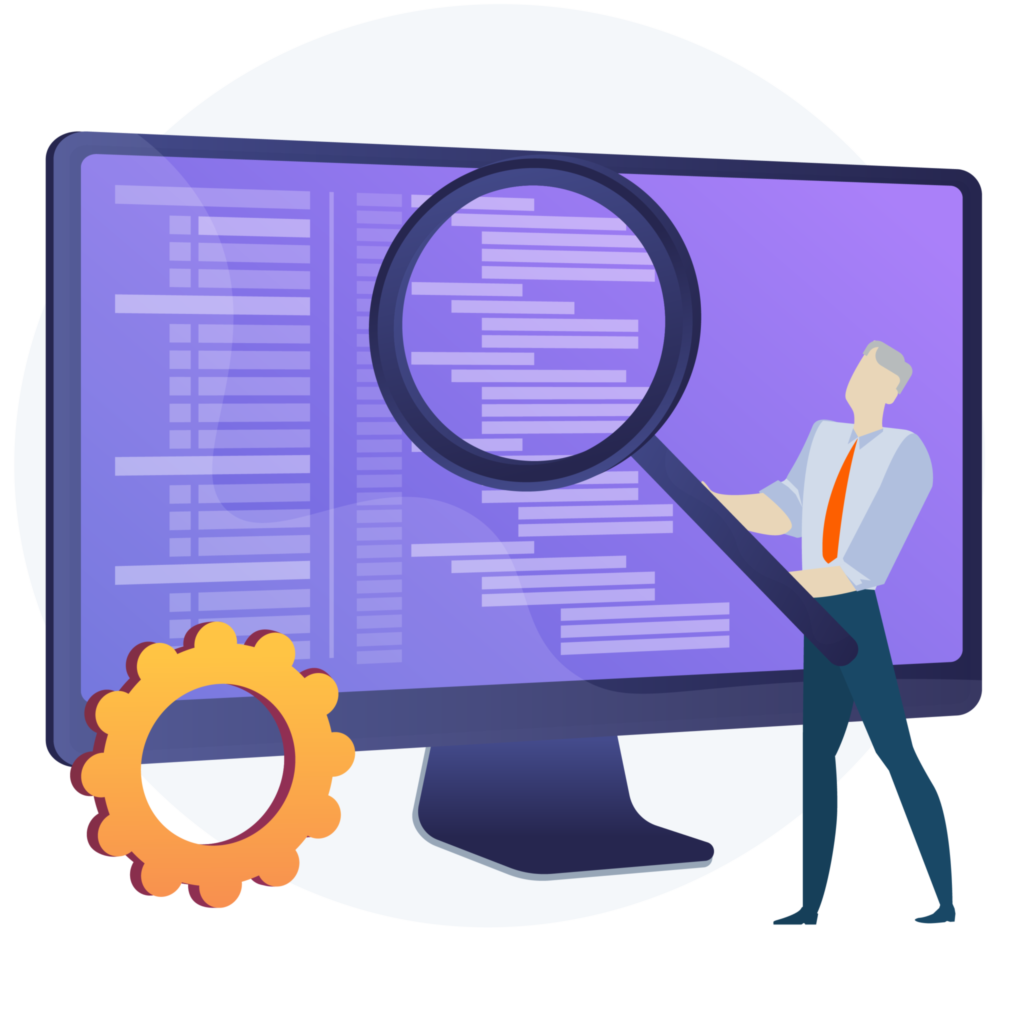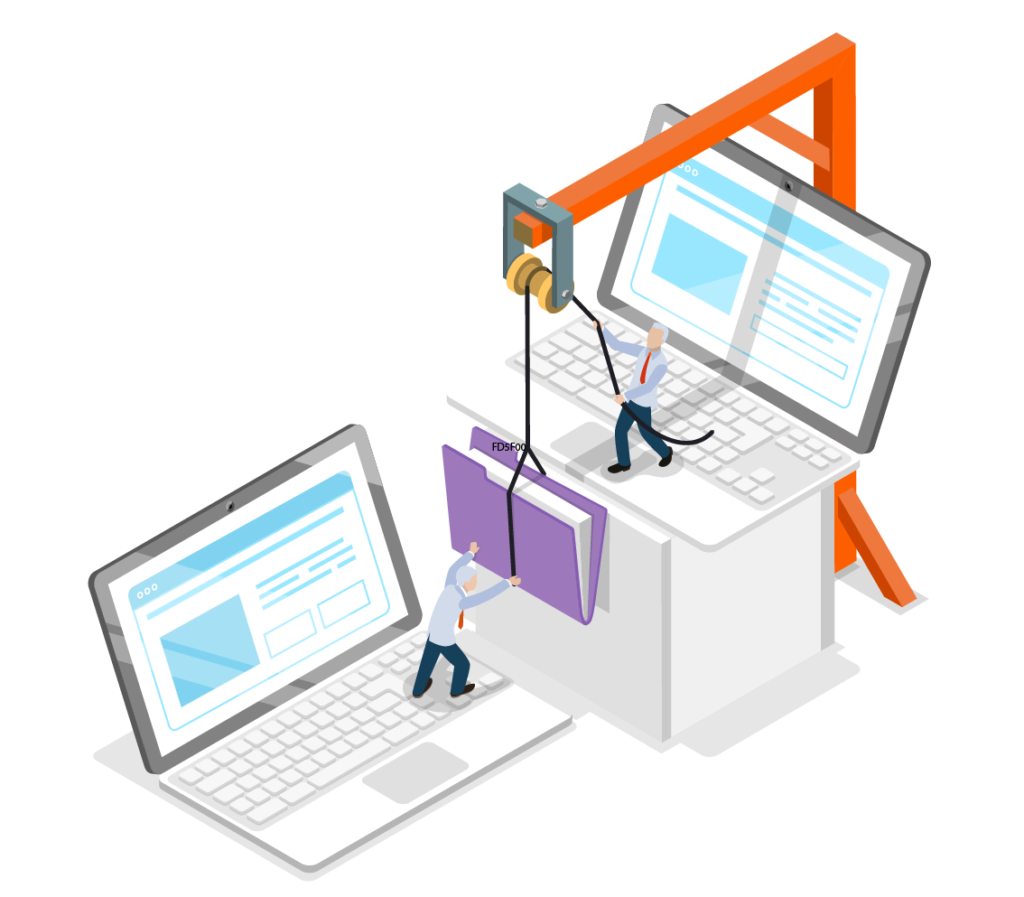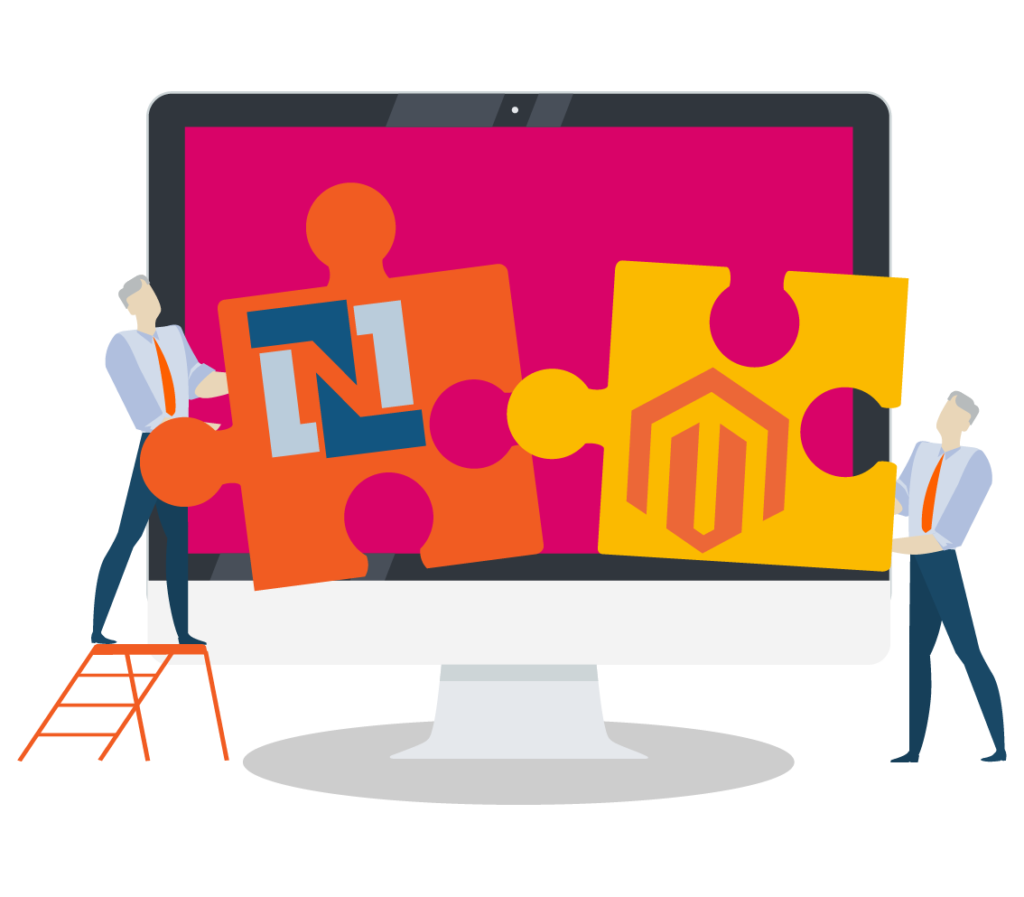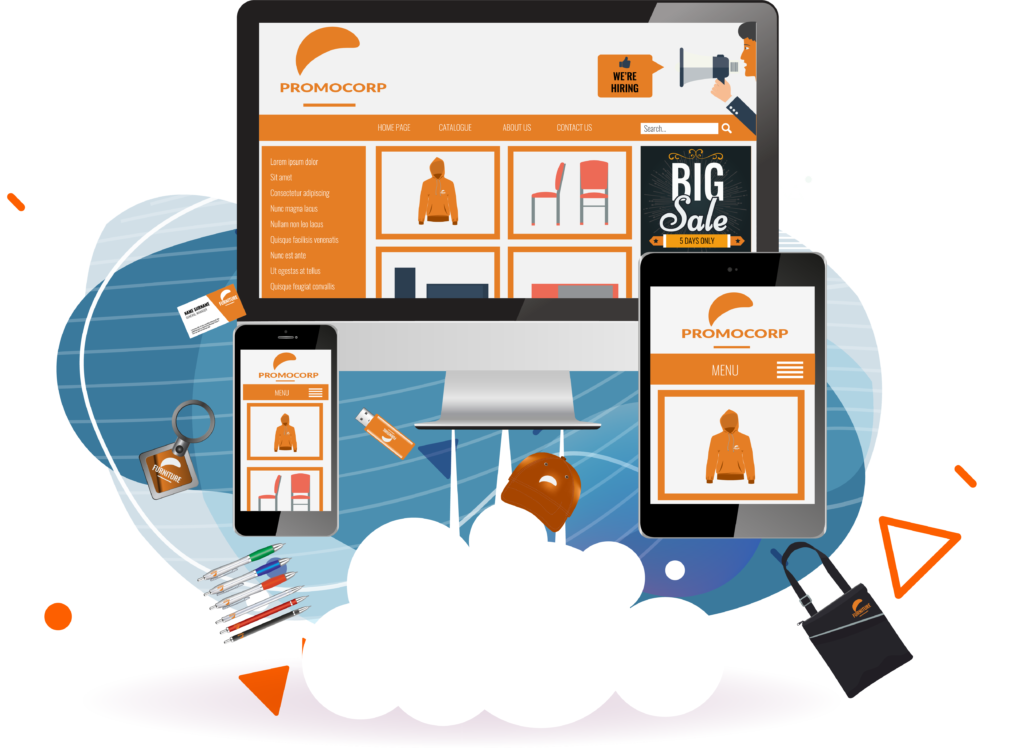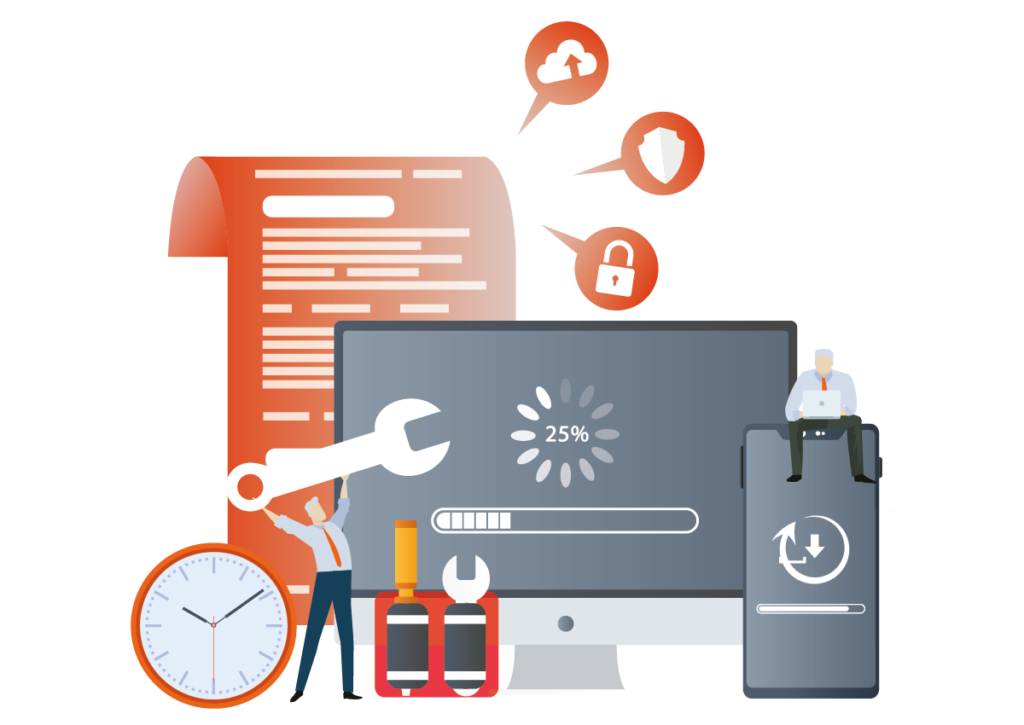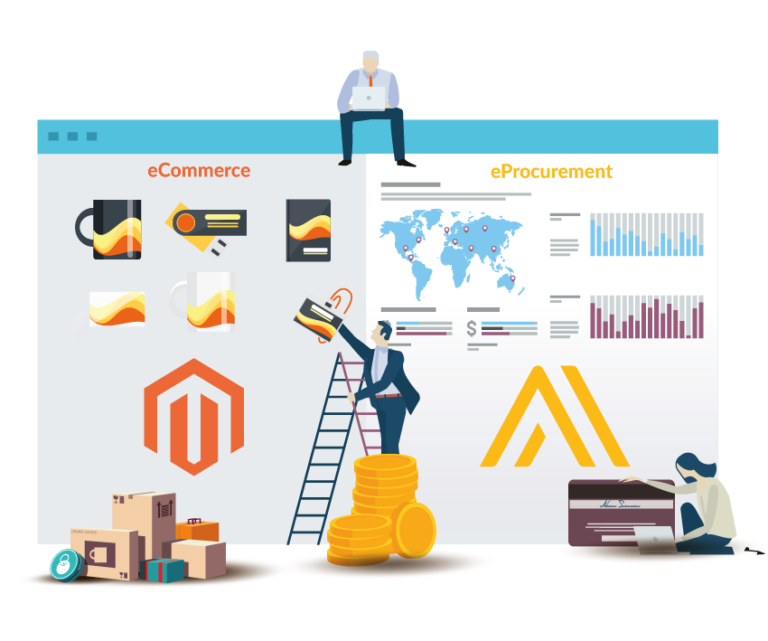This is an often-asked question, and we can probably annoy you by answering it with a question:
How much is a car?
You can buy a car for £500 or £50,000, and both cars will work for 80% of your journeys. Will the car you choose be fast enough? Reliable? Carry passengers?
Learning what type of car you need
It’s likely that you’d do things like:
- Search for terms like “best car for commuting” or “top electric cars”
- Ask friends and family what they recommend
- Do you want second hand or new?
- Decide on a particular budget and see if you can get the right car within it
- Decide on things you must have, or would like – 4 doors, sunroof, sat nav…
There’d be a process of finding out what you like and don’t like, perhaps test-driving a few vehicles, figuring out what your budget should be… and eventually, choosing a car.
Of course the price you pay isn’t the total cost – you now have to consider insurance, fluffy dice, a boot liner, a bike rack… and ongoing costs, like tyres, servicing, fuel, and repairs.
So you’ve bought a car – what now?
Congratulations, you made a decision and took the risk! Now you have the vehicle, and discover a few teething issues – I’ll confess, I owned my current vehicle for over a year before working out how to change the clock! So there’s another process to go through – learning how all the features work, where the controls are, and getting used to its quirks.
After some time, you hopefully have a car you’re happy with, and you’re seeing the value of your investment.
What if it all goes wrong?
After a while, there’s a knocking noise from the engine, something goes pop, and suddenly the car isn’t doing what you needed – getting you places. Instead, it’s at the garage for a week and you have an unexpected £1000 bill. How did this happen? What did you miss? It’s so unfair that you have to pay this without any warning!
Are you ever going to talk about websites?
I have been doing, of course… change “car” for “website” and change a few other terms, and you have a story about the journey to buying a website. The only part you don’t need to do when you buy a car is to build it out of parts – but that’s OK, because as a customer, you don’t have to build your own website either.
The most important thing to notice is that you didn’t just say “a car is exactly £17,483 and I can have it tomorrow.”. Instead, we went through three separate processes:
- A “discovery” process of learning what we need and how much we should spend
- A “hand-over” process of getting used to our new purchase, and sorting out any snags
- Operating our new purchase – keeping it under “maintenance”.
Learning what we need – “Discovery”
The first process is called “discovery”, and it helps us to create certainty – certainty that our investment will pay off, and that we’ve accounted for all the ways we will use the investment. It means that you can quickly get to a price, a clear specification, and understand what is needed to make it happen.
If you do invest in this stage, it could help you learn that you can solve the problem for £50,000 instead of £100,000, or find out that you actually need to solve a different problem.
If you do not invest in discovery, it could mean your new website doesn’t fully meet your needs, needs a lot of expensive changes during development or after launch, or even goes unused by the people it was supposed to help.
Many inexperienced web developers will either provide discovery work at no cost – meaning they will shortcut it and quote you the wrong amount for the wrong thing, or worse, guess at a price and hope, meaning the project delivery will not meet your expectations. We know – because we’ve been through that way of working, and found that it does not work.
Getting used to our new purchase – “Hand-over”
As a product goes from raw materials to finished, its value increases, and so does the cost of change. So if you can identify flaws and changes earlier, you have a far better chance of success.
To work out how to do this, let’s think about where those flaws and changes come from:
- A requirement that wasn’t known during the discovery process
- A requirement that someone thought was unimportant
- A time or budget constraint which turned out to be false economy, when real users arrived
- An assumption that turned out to be false
- A change in the environment – for example, the live system is in a different time zone
- … and many more.
In every system with enough complexity, it will have been impossible to forecast every issue, but what ties them all together is that despite everyone’s best efforts, something isn’t right and needs fixing – this sounds obvious.
What is less obvious is that you can catch some of these issues early through methodical testing. Think about all the possible ways a user might use the website, and check that it works. It’s hard work but it provides assurance and – most importantly – builds up your teams trust in the system.
What is even less obvious is that you can decide on these scenarios during the discovery work. With enough investment, the discovery work can include creating a list of the tests you will need to do.#
Learning to trust the new system
Trust is the difference between users complaining about a system, and people happily using it the way you envisioned. Trust can’t be dictated – it’s created by “repeated, cosistent action over time”. When software behaves the way it should, every time you try it, you begin to trust it, and then using it takes less energy and less time.
At the top of this article we asked “How much is an e-commerce website?”. The answer is that it could be £5k, £50k, £500k – as much or as little as is right for your business, but going through that discovery process – whether you do it, or your agency, or both – is vital in order to trust the result.
When you have software you can trust – that’s the magic moment when your new software delivers real value.






